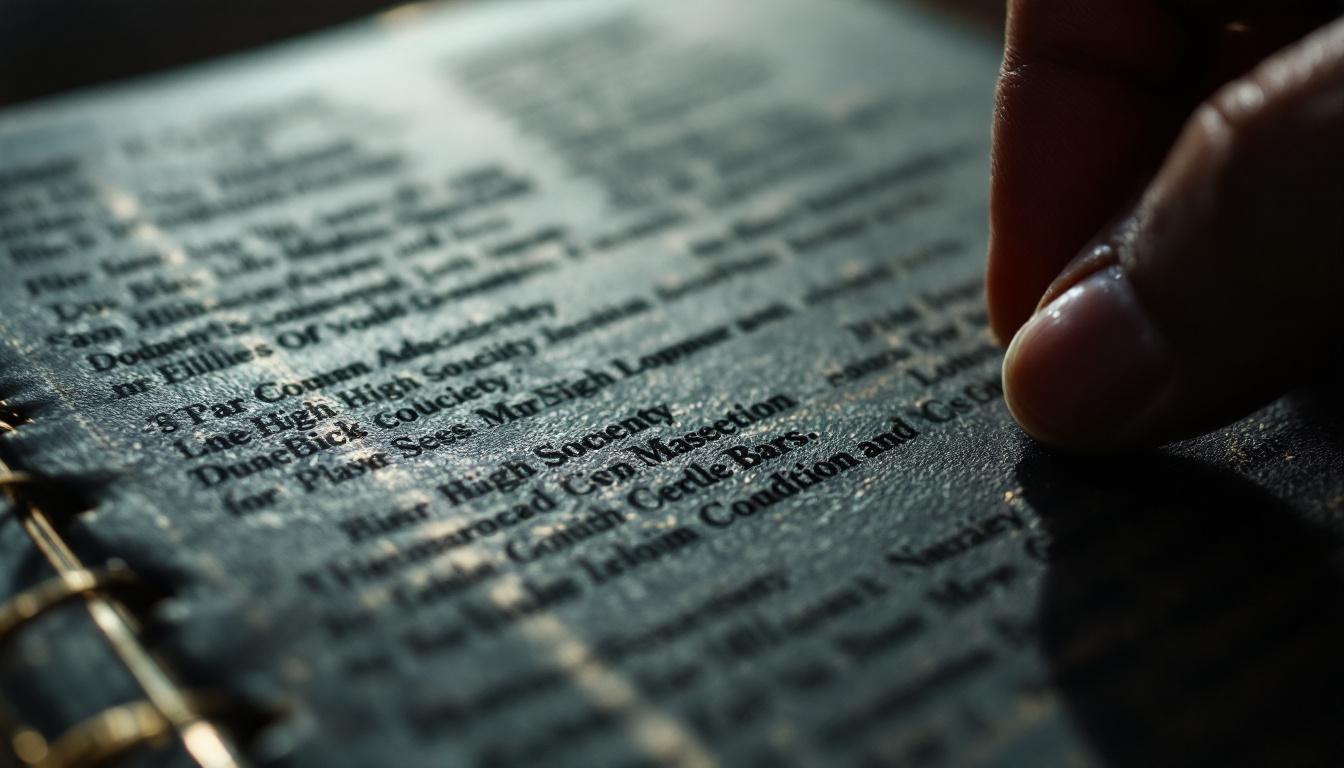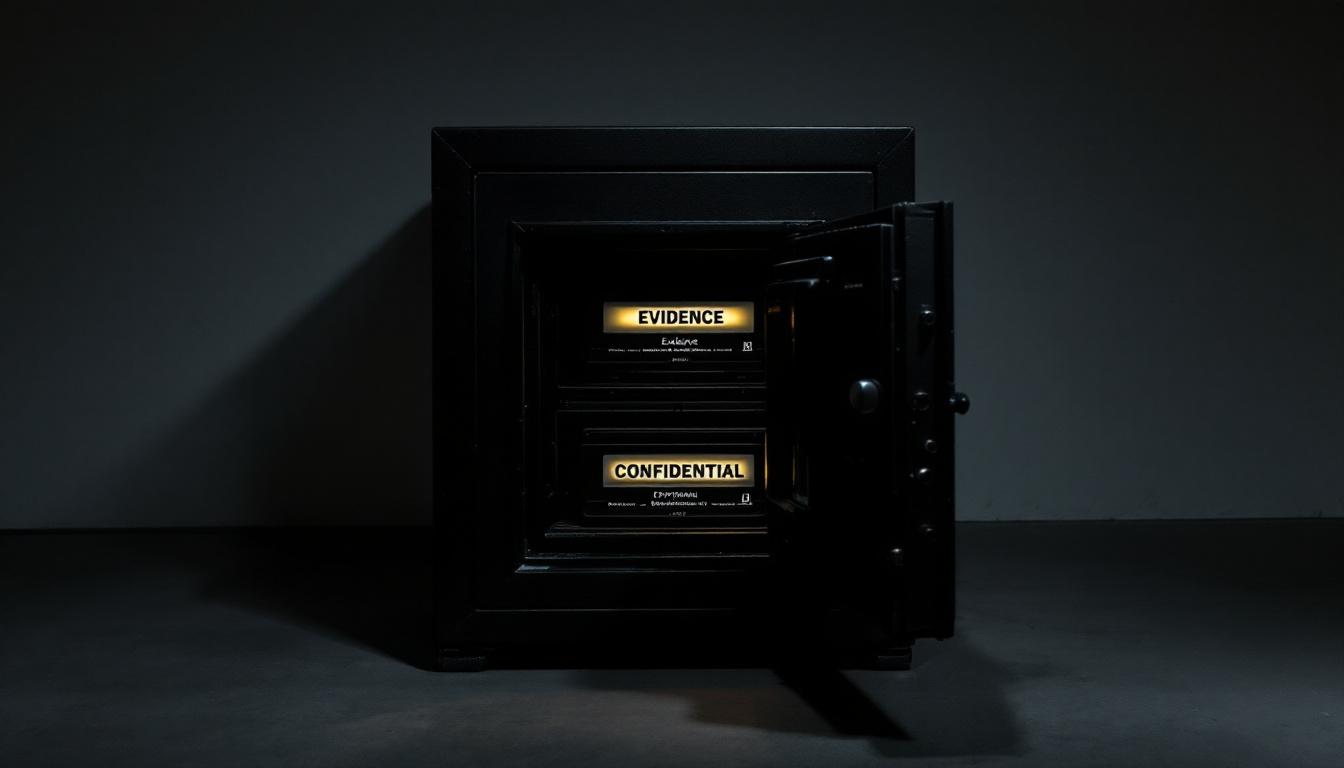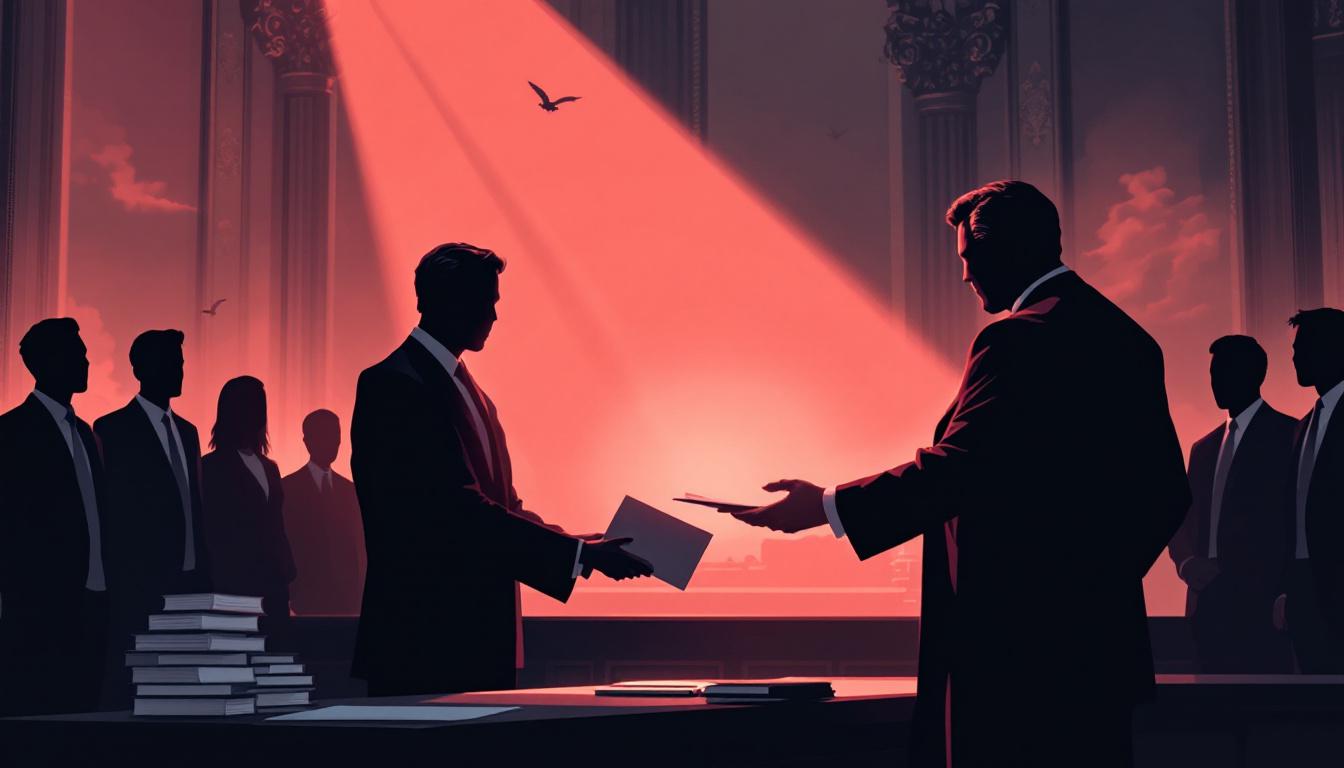Introduction: Behind the Headlines black book —What Still Remains Hidden
The Jeffrey Epstein case has haunted the public imagination for years. While court cases, media stories, and documentaries have uncovered much, many questions persist: Who exactly were the powerful people connected to Epstein’s crimes? Are officials protecting the names of elites? And what evidence remains off-limits to the public?
Spencer Kuvin, a Florida attorney who has represented Epstein’s victims since 2007, says the full truth is still out of reach. In public interviews and legal statements, Kuvin details a web of secrecy—hidden phonebooks, confidential tapes, silent court deals, and names that, for now, remain in the shadows.
No True “Client List,” But Epstein’s Hidden Phonebook
Despite constant rumors of a definitive “client list,” Spencer Kuvin points out a key distinction: no such list exists, but there is a so-called phonebook. This is not a simple spreadsheet of guilty names; it’s a trove of contacts Epstein and Maxwell used to run their social network and darker operations.
How the Phonebook Worked
- Direct requests: When wealthy, high-profile individuals visited Palm Beach, New York, or the island, they could call directly.
- Maxwell’s role: Ghislaine Maxwell acted as the coordinator. Kuvin describes calls where someone would say, “I’m in town, I need somebody today.” Maxwell handled arrangements.
- Discretion above all: The system was built to avoid leaving an obvious paper trail.
Speech from Kuvin:
“So, is there a ‘list’ of these people? No, it doesn’t exist. There’s no list, but there’s a phonebook … Epstein knew who he knew, and so did Maxwell.”
Some clients shared names with Kuvin. Attorney-client privilege and strict non-disclosure agreements keep those names secret.
Why No List?
The lack of a formal list doesn’t mean there weren’t frequent, known “customers.” The phonebook approach kept operations secret, avoided accountability, and blurred the distinction between friends, actual customers, and powerful acquaintances.
The Names: Who’s Still Hidden (and Why)?
Kuvin confirms knowledge of “numerous high-profile individuals” who received favors through Epstein and Maxwell. These names, shared with attorney-client confidentiality, are protected by law and settlements with strict NDAs.
“I’m aware … of numerous high-profile individuals, which I am unfortunately not allowed to disclose … that were utilizing the services of Epstein and Maxwell to obtain girls while they were on the island,” Kuvin says.
Legal Locks: Why Names Stay Secret
- Attorney-client privilege: Anything said by a victim to their lawyer is protected.
- Non-disclosure agreements (NDAs): Many settlements require silence from all parties.
- Reputational risk: Accidental release of a name could bring lawsuits against victims and attorneys alike.
The Tapes: Thousands of Hours Remain Hidden
One of the most explosive claims from Kuvin is about surveillance video. Multiple cameras inside Epstein’s properties recorded everything, every day.
What’s On the Tapes?
- Daily comings-and-goings in Palm Beach, New York, and the island.
- Evidence of individuals arriving, leaving, or meeting in private rooms.
- Individuals “never before named or identified.”
“There are thousands of hours of videotapes taken from inside the homes … with people on them. People that have never been named before. Let’s see the tapes.”
Until now, these tapes have not been released to the public.
Who Is Protecting Whom? Theories on Power and Influence
Kuvin has suggested why more evidence hasn’t been exposed:
“They’re probably very wealthy donors to the party. They don’t want to shake the applecart.”
- Political protection: Some names may belong to major political donors or officeholders.
- Connections in law enforcement or government: There may be reluctance to investigate or prosecute too aggressively.
- Institutional interests: Agencies may fear losing public trust or credibility if their links are revealed.
The Public Release of Prison Video: More Questions Than Answers
Recently, prison footage of Epstein’s final hours was released. Far from resolving speculation about his death, Kuvin believes the video only added confusion:
“All the video does is show that they’re trying real hard to get people to believe one thing and not another. That’s the sad thing. And will we ever know the real truth about that? I doubt it.”
The footage, according to critics, avoids showing moments or angles that could answer long-standing questions.
“Black Book” Misunderstandings: Not Every Name Is a Client
Kuvin reminds the public that not everyone in Epstein’s black book was an actual client. Some were aspiring members of high society, others were there purely for networking.
Epstein’s Favors and Social Climbing
- Access traded for connections: Epstein gave invites or introductions in exchange for access to parties or influential circles, not always for illegal activity.
- Wish list: Some contacts were people Epstein barely knew (or only wished to meet).
Victims and the Cost of Secrecy
NDAs and private settlements were often required for victims to secure compensation. This system preserves secrecy but slows the pursuit of public justice. Many survivors, still silenced, want more evidence revealed—for society’s good and for closure.
What Needs to Change?
- Greater transparency: Calls are mounting for more releases of court records, evidence, and sealed documents.
- Reforms to NDAs and settlements: Some advocates push for changes to how private settlements are enforced in cases of public safety.
- Deeper investigation: Journalists and citizen groups continue to look for ways to bring suppressed facts into the open.
Conclusion: Justice Out of Reach?
Despite years of headlines, documentaries, and speculation, the Epstein case is still shrouded in secrecy. Evidence remains under lock and key. Phonebooks, tapes, and settlements may never see sunlight.
For many, the question remains: Will the real story ever come out? Or will power, privilege, and non-disclosure agreements keep the full truth from the world?
To contact us click here .




